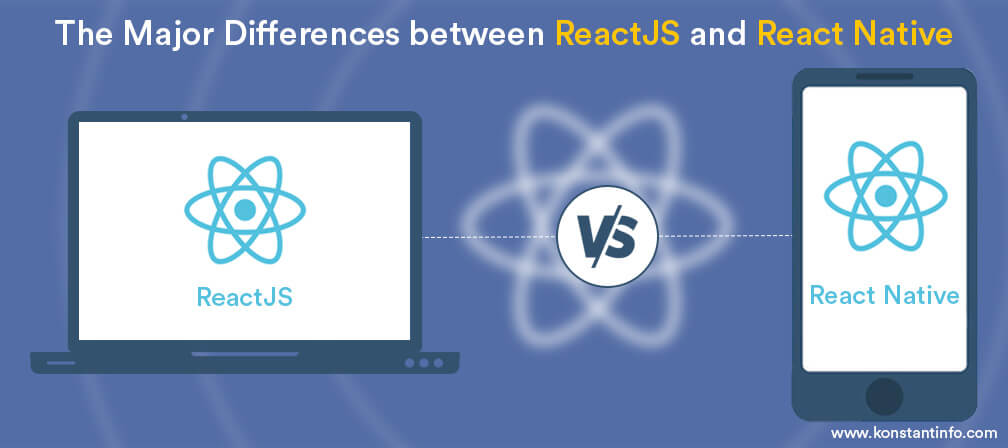Difference Between Prop And State In React Native
Difference Between Prop And State In React Native. Props are normally passed from parent component to its child component. The only way to update the state in react is by using the this.setstate() method.

Well, similarly state in react/react native is used within components to keep track of information. Props are used to pass data, whereas state is for managing data. Reactjs | state vs props.
Props Are Used To Pass Data, Whereas State Is For Managing Data.
The difference is all about which component owns the data. Props are normally passed from parent component to its child component. State cannot be accessed by child components.
Props Can Be Used With State And Functional Components.
Well, similarly state in react/react native is used within components to keep track of information. Keep in mind not to update state. Difference between react native props and state:
This Means That State Can Be Updated In The Future While Props Cannot Be Updated.
That's because you don't want to have a component rendering static. The state can be initialized by props. Props are used to pass data from parent to child or by the component itself.
State Holds Information About The Components.
Designers don’t have to learn code or get into the technical details of javascript or react to understand the fundamental differences between the two. That is, their content cannot be changed once assigned, but a state is an object that is used to hold data that can change in the future; Jsx syntax is optional and you can develop apps in react without that syntax (however, jsx makes the development process much easier after learning it).
Also State Controls The Behavior Of The Component After The Change Is Made.
How do you pass props? The data inside react components is managed by state and props. State is owned locally and updated by the component itself.
Comments
Post a Comment